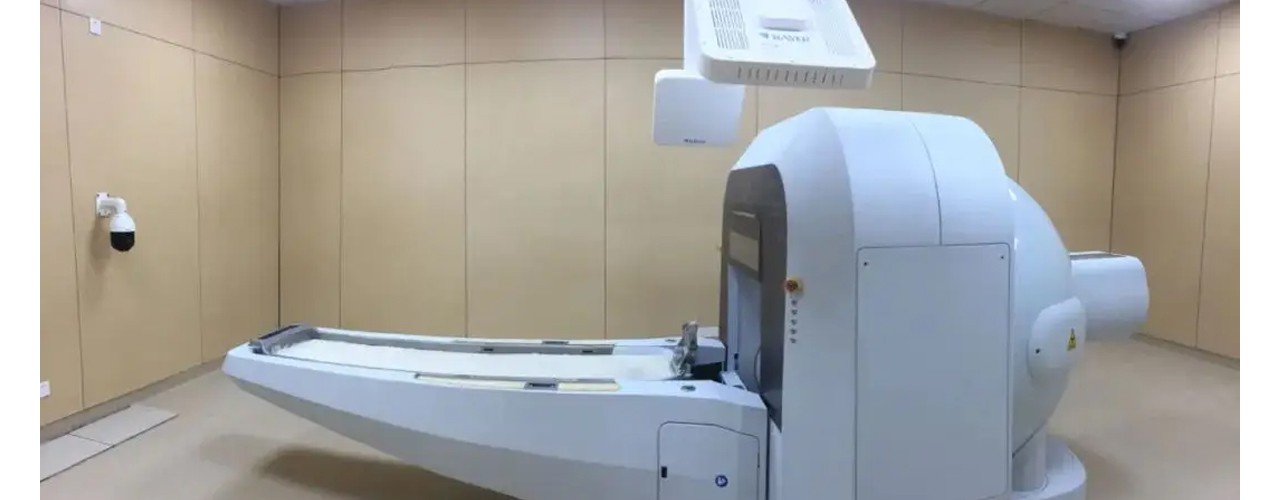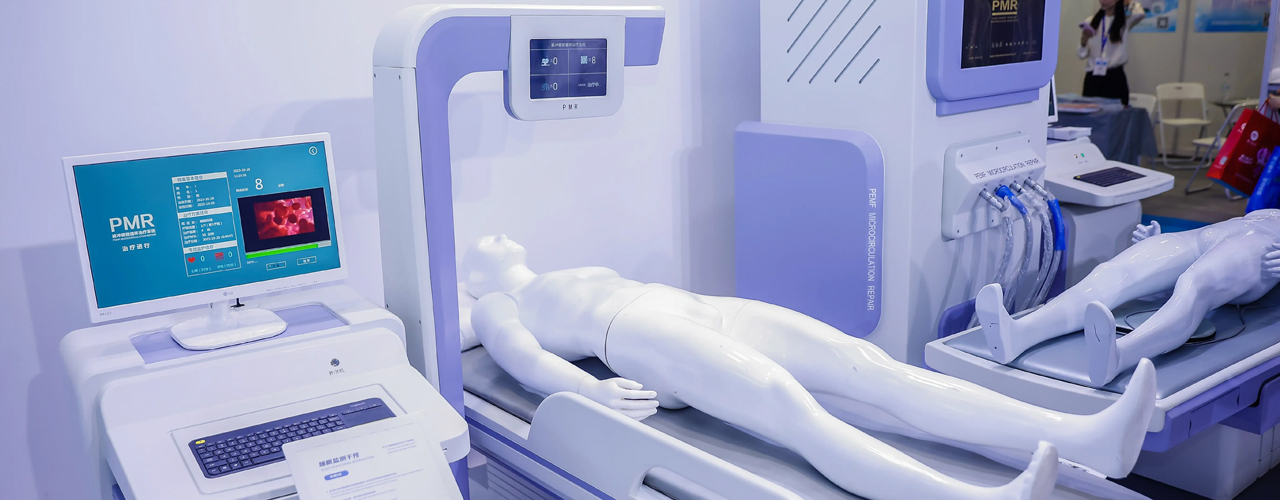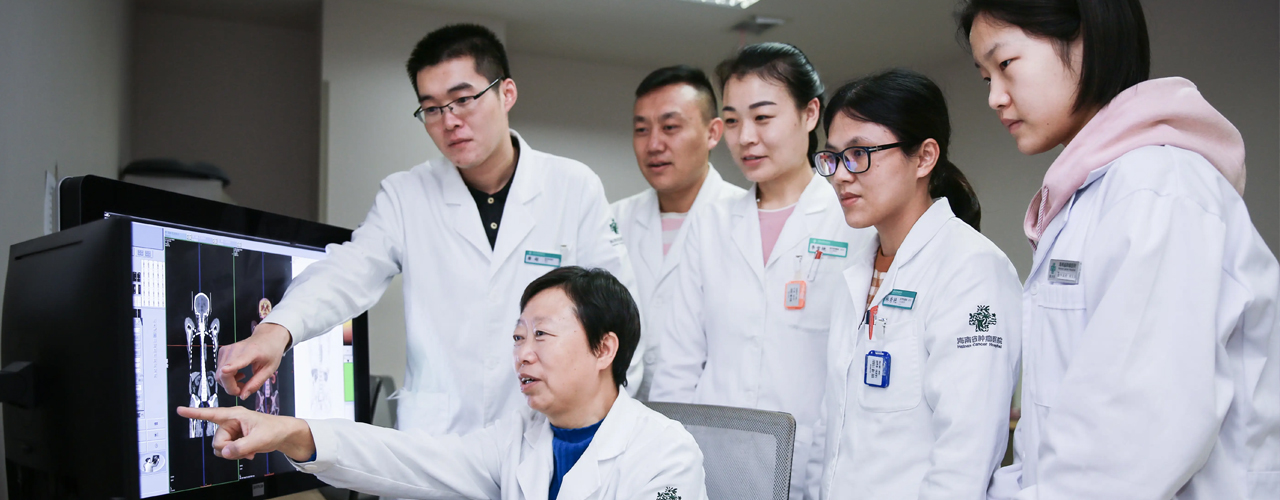In 2007, the Tokyo Guidelines for the management of acute cholangitis and cholecystitis (TG07) were first published in the Journal of Hepato-Biliary-Pancreatic Surgery. The fundamental policy of TG07 was to achieve the objectives of TG07 through the development of consensus among specialists in this field throughout the world. Considering such a situation, validation and feedback from the clinicians' viewpoints were indispensable. What had been pointed out from clinical practice was the low diagnostic sensitivity of TG07 for acute cholangitis and the presence of divergence between severity assessment and clinical judgment for acute cholangitis. In June 2010, we set up the Tokyo Guidelines Revision Committee for the revision of TG07 (TGRC) and started the validation of TG07. We also set up new diagnostic criteria and severity assessment criteria by retrospectively analyzing cases of acute cholangitis and cholecystitis, including cases of non-inflammatory biliary disease, collected from multiple institutions. TGRC held meetings a total of 35 times as well as international email exchanges with co-authors abroad. On June 9 and September 6, 2011, and on April 11, 2012, we held three International Meetings for the Clinical Assessment and Revision of Tokyo Guidelines. Through these meetings, the final draft of the updated Tokyo Guidelines (TG13) was prepared on the basis of the evidence from retrospective multi-center analyses. To be specific, discussion took place involving the revised new diagnostic criteria, and the new severity assessment criteria, new flowcharts of the management of acute cholangitis and cholecystitis, recommended medical care for which new evidence had been added, new recommendations for gallbladder drainage and antimicrobial therapy, and the role of surgical intervention. Management bundles for acute cholangitis and cholecystitis were introduced for effective dissemination with the level of evidence and the grade of recommendations. GRADE systems were utilized to provide the level of evidence and the grade of recommendations. TG13 improved the diagnostic sensitivity for acute cholangitis and cholecystitis, and presented criteria with extremely low false positive rates adapted for clinical practice. Furthermore, severity assessment criteria adapted for clinical use, flowcharts, and many new diagnostic and therapeutic modalities were presented.







